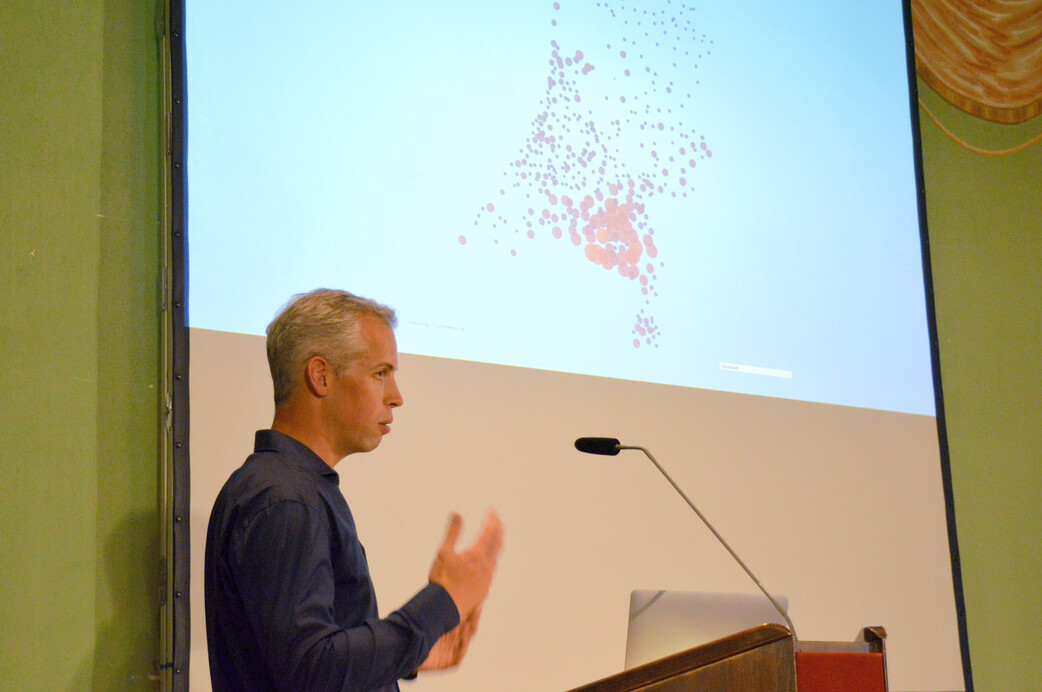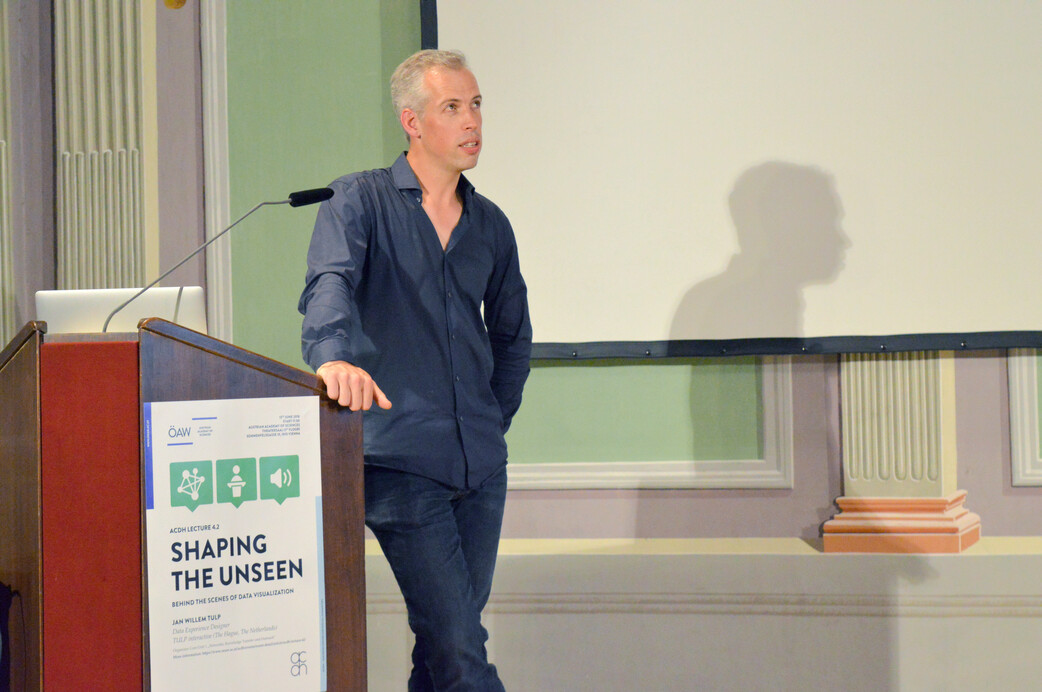ACDH Lecture 4.2
Vienna, 13 June 2018
Shaping the Unseen – Behind the Scenes of Data Visualization.
© CC-BY 4.0, Sandra Lehecka
Jan Willem Tulp
TULP interactive
Shaping the Unseen
Behind the Scenes of Data Visualization
Transformation processes between machine-readable data and information that can be readily understood by human readers are the lifeblood of the digital humanities. While methodological discussions often revolve around the question how to make human-made sources machine-readable, the reverse process – turning (numerical) data and the outcomes of digital analyses back into a form that is intellegible to human beings – is just as important.
When it comes to representing information and transforming numbers, concepts or relationships into a human-readable form, the graphic or multimedial visualization of data can be an effective alternative (or addition) to linear text. With the development of more and more sophisticated digital methods, data visualization has come a long way since pie charts and line graphs.
The graphic representations that “Data Experience Designer” Jan Willem Tulp (NL) creates both for print and for interactive digital environments showcase the scope of data visualization and speak to the potential that novel ways of representation hold as a means of elucidating complex data sets. In his lecture, Jan Willem Tulp will give insights into his work and use various examples to illustrate in what ways a data visualization designer has influence on the final outcome. Three main areas of design decisions will be shown. A behind the scene look of the various stages of a project will give a clear view of the iterative and exploratory approach to designing data visualizations.
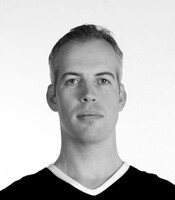
Jan Willem Tulp is an independent Data Experience Designer from the Netherlands. With his company TULP interactive he creates custom data visualizations for a variety of clients. For more than 6 years he has helped clients such as Google, European Space Agency, Scientific American, Nature and World Economic Forum by creating visualizations, both interactive and in print. His work has appeared in several books and magazines and he speaks regularly at international conferences.
ACDH Lectures are free and open to all. Registration closed.
Twitter Moment

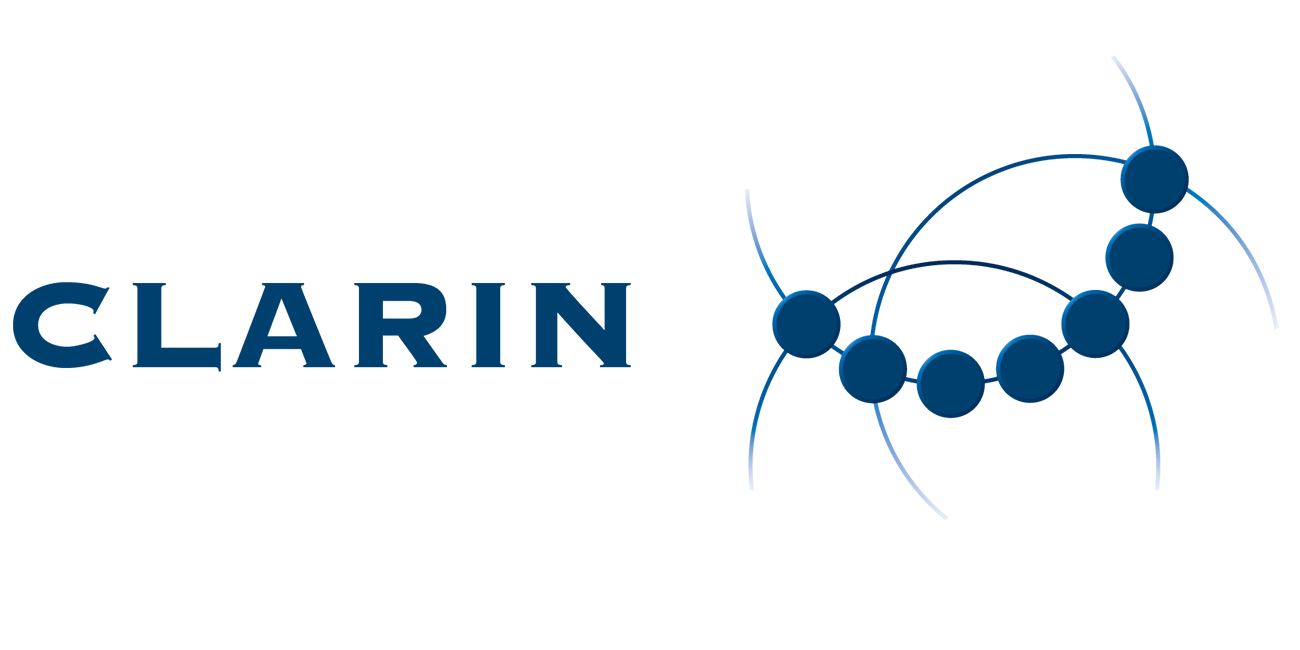
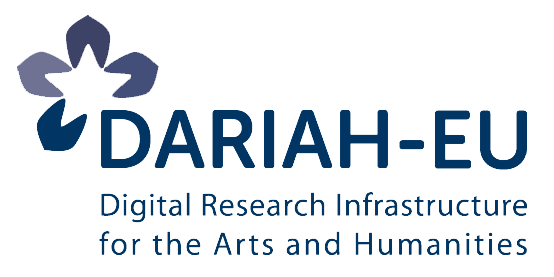
Date
13 June 2018 – 17:00
Place
Austrian Academy of Sciences
Sonnenfelsgasse 19
Theatersaal
1010 Vienna







